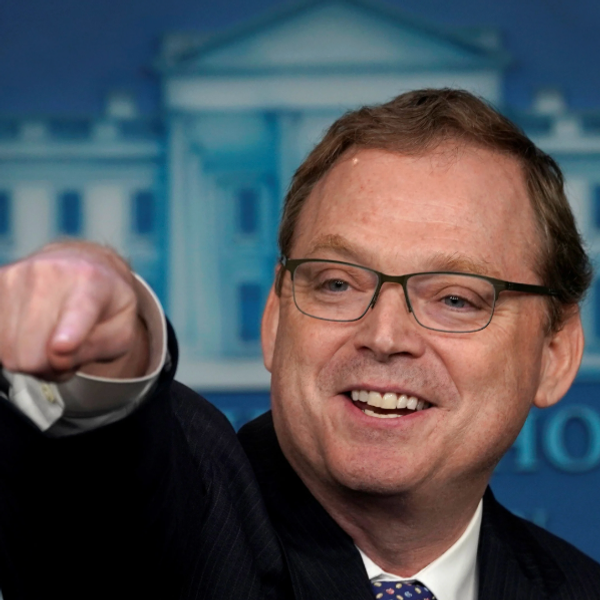
As healthcare costs continue to climb into the new decade, many families are feeling the strain more than ever. Unlike other insurances like life insurance, which 60 percent of Americans have, health insurance is essential for people of all ages to have access to. This necessity puts a huge weight on parents’ shoulders. While some protections are in place to support those in need of assistance, gaps in coverage and certain restrictions can leave middle-class families and their children in a precarious position. The new year will undoubtedly be a notable year for American politics. With this in mind, only time will tell what the future holds for the nation’s healthcare.
Healthcare Access Limited, Harming Children
With healthcare costs climbing rapidly for both the insured and uninsured, many parents are being forced to make incredibly difficult decisions when it comes to the care and protection of their children. In some cases, parents are unable to afford basic healthcare costs for their children, veering into a state of neglect. Neglect was the top reason why Kentucky children were removed from their homes between 2010 and 2015, making up 68.6 percent of removals. However, this is not always due to genuine malintent on the part of the parents. In some cases, costs have simply spiraled out of control, and they’re no longer able to support their children as well as themselves.
The result is a young population with worsening healthcare. Children in lower-income communities often lack resources such as mental healthcare support, routine exams, and more. However, this lack of resources isn’t exclusively due to an increasingly high cost; some areas simply lack the staff to support these services.
Staffing Shortages Despite High Costs
While costs remain high, the funds aren’t always directed where they need to be in order to provide more support for struggling communities. Many areas, particularly when it comes to psychiatry and psychology, are critically understaffed. Some studies show there are about 7.2 million open healthcare positions available in the world today because of staffing shortages. Shortages tend to be particularly high in low-income communities, as the positions often pay less than the average salary for the job. This pushes doctors and medical professionals to wealthier communities, rather than to communities that are most in need of additional medical services.
Long-Term Impacts On Population
Over time, the lack of medical resources in necessary areas could lead to long-lasting consequences. Being healthy doesn’t just consist of eating nutritious food and going on hikes, a mile of which can burn over 500 calories. To have the best chances of living a healthy life, you need easy access to professional healthcare. Children who grow up in communities that lack vital health resources will likely be less healthy than their peers. The cycle tends to perpetuate itself, as those who are less healthy may struggle with maintaining long-term jobs or higher-paying careers.
In theory, various government-supported programs exist to interrupt this cycle. However, these programs often are difficult to access and can have vital gaps in coverage. The Americans with Disability Act provides that reasonable accommodations must be provided to individuals who have a qualifying disability, absent a hardship caused to the employer. However, not every disability will qualify, and assistance may not be available to those who make just enough to not meet financial assistance requirements.
As 2020 quickly approaches, it’s uncertain what the future of the nation’s healthcare holds. The upcoming year will be an important one for American politics, and the debate over healthcare will continue up to and beyond the next presidential election. With so many of the nation’s most vulnerable population riding on the healthcare debate, hopefully a solution to the dilemma will be reached soon.








